Studio microphones: types, characteristics, best models
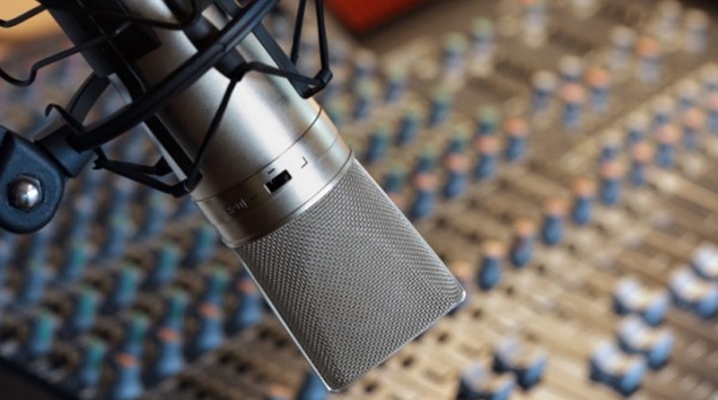
A professional microphone for recording vocals in the studio has a number of distinctive features, including - it is more sensitive than usual. Despite the narrow scope of use, this technique is widely used when working with various applications on a computer. To choose the right device, you should know what to look for first.
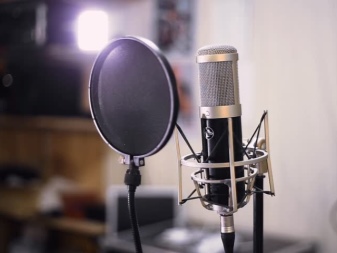

Peculiarities
Studio microphone has a special noise reduction technology... It is this quality that distinguishes it from other types of models. When using a similar technique the voice is always clear, the sound is clear, and there are practically no extraneous noise... For studio microphones, the impedance parameter is assessed. In our case, it is 2 kΩ. If we talk about the operating voltage, then it is at the level of 1.5 V. The average frequency is within 50 MHz.
Studio microphones are also in demand in everyday life, as they are characterized by high performance and ease of installation.
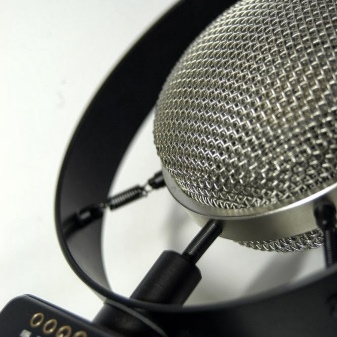
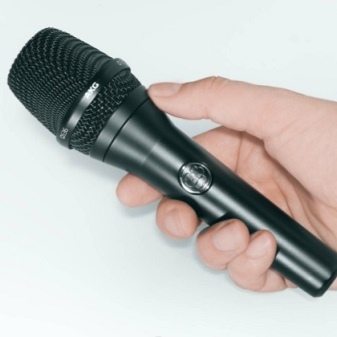
Views
Vocal microphones can be classified according to the type of transducer built into the design:
- dynamic;
- capacitor.
Dynamic are distinguished by the presence of a special membrane, to which is attached a coil that moves in a stationary magnet. Condenser have two plates inside, one of which is mobile, - it is she who is responsible for changing the capacitance when two sound waves act on each other.
There are also lamp, coal and tape... The latter are one of the types of dynamic microphones. All of them are less often used in studio work, so it makes no sense to consider them.
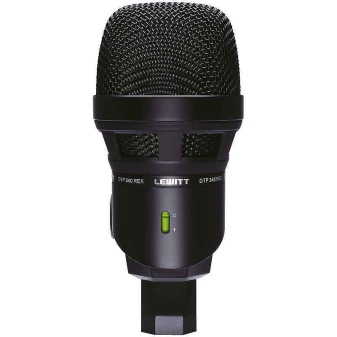
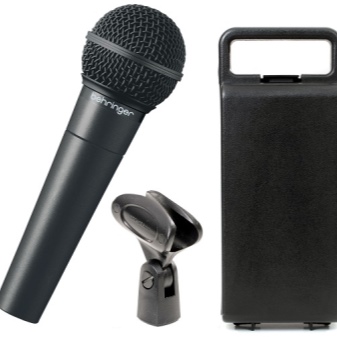
The latest generation of condenser microphones deliver vocals as close to studio standards as possible. The sound they transmit is deep, soft and pure, saturated with all the richness of overtones. And to get this result, no additional audio equipment or filters are required. Dynamic microphones are not susceptible to additional noise. They are widely used at concerts and business events (conferences, exhibitions, symposia).
Particular attention should be paid to USB technology... This device is a symbiosis of a microphone (usually a capacitor) and an audio interface (USB sound card) through which the process of converting an analog signal to a digital one takes place. It, in turn, is transmitted via a USB channel to a personal computer for recording and further processing.
If you need to record any sound signal (voice, guitar, background sound) to your computer quickly and with good quality, then you don't need to buy a separate studio microphone, professional sound card and think about how to connect it to equipment. It is enough to buy equipment with the appropriate USB interface.
It is not difficult to connect such a microphone. It's as easy as installing a regular computer mouse.
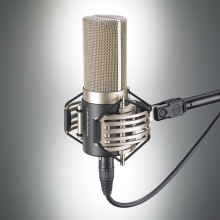
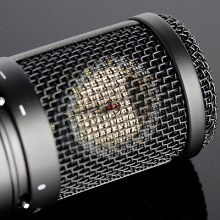
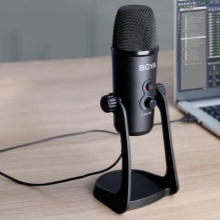
The device is connected via a cord to an available USB port, the operating system recognizes the new device and automatically prepares it for further work. The user only needs to set up his favorite recording program. To use a USB microphone, most people do not need special knowledge and skills in working with recording equipment.
The described technique is convenient, but when working with it, you need to take into account some features:
- depending on the microphone model, there may be a signal delay (up to 1 second);
- it is impossible to connect a USB microphone via a USB hub, since such equipment requires a free port for direct connection;
- The USB cable for connecting to a computer cannot be too long (maximum 3-5 meters);
- most USB microphones do not have a headphone output and real-time recording monitoring.
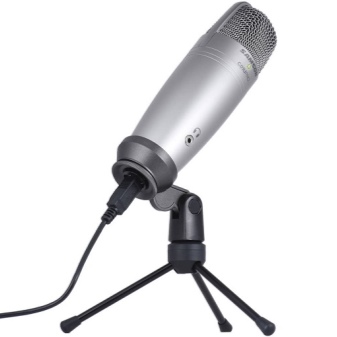
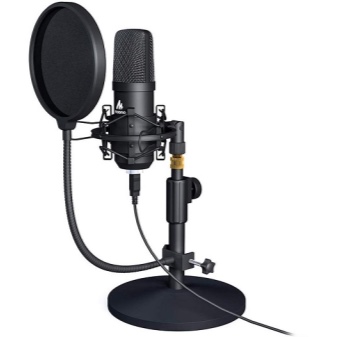
Of the advantages that the technique has, it should be noted:
- compactness, mobility;
- ease of connection and configuration;
- affordability of prices;
- high quality recording;
- there is no need for additional expensive equipment.
Disadvantages:
- headphone output is absent in most models;
- cannot be used as a sound card.
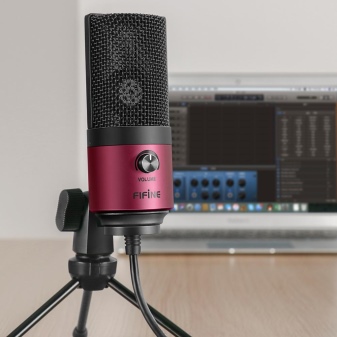

Rating of the best models
Many brands can be included in the top of the best models, as modern studio microphones have become significantly better in quality and functionality. The line of demanded global manufacturers includes Neumann, Lewitt, AKG and others.
Budget
AKG C636
Excellent portable condenser microphone. There is an XLR connection. The simple black design hides a modern interior. The technique is comfortable to hold in the hand.
Besides, The C636 boasts clear sound that is much better than its dynamic counterparts... The high-frequency range is present and well defined, without the harsh "hype" and phase shift punch that some (cheaper) condenser microphones either display or try to mask with generic HF dropout.

Aston
An excellent inexpensive condenser microphone. There are two switches on the stainless steel case: 10db pad and 80hz low-cut filter. The XLR connection is on the underside of the microphone, as is the stand mount socket (5/8 "with 3/8" adapter included).
The undulating outer spring acts as a shock absorber for the capsule, behind which is a protective stainless steel mesh. Among the disadvantages is the limited choice of angle.
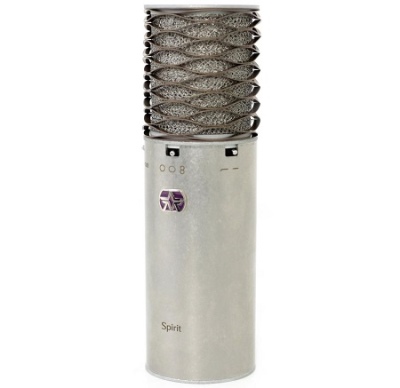
Rode NT1
The original NT1 Rode was released about 20 years ago, then the NT1A entered the market. The company has now reverted to its old name. The new model looks very similar to the NT1A, but is actually completely redesigned from the ground up, with the only common component being the mesh grille.
A new HF6 capsule is integrated into the housing, exhibiting extremely low noise levels. The sensor is suspended within the microphone using a Rycote system to minimize external vibration.

Premium class
In the premium microphone segment, there are several models to highlight.
Lewitt LCT 640 TS
The best innovation for the money. Although the model shown is visually similar to the Lewitt Audio LCT 640, it has a double diaphragm capsule in contrast to this technique and includes an integrated Lewitt matching system. TS operates in either mic or dual mode, providing independent access to both aperture outputs, allowing pattern adjustment after recordingand also opens the stereo recording options.
In dual mode, the second diaphragm output is accessible via a miniature three-pin connector on the housing side. The carrying case contains a mini three-pin XLR breakout cable, as well as additional accessories such as foam glass, a microphone case and a rather nifty magnetic shield.
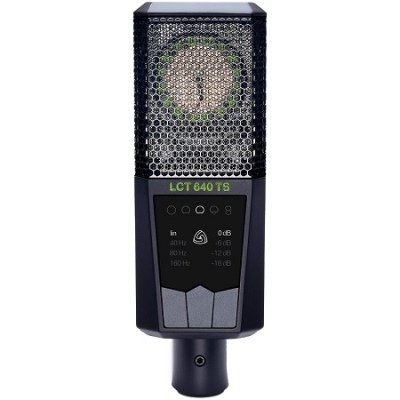
Sontronics Aria
Once connected, it's hard not to appreciate the sound quality of this model. Complete absence of noise. Technique perfectly conveys even complex soundssuch as guitar amp, strings and drums.
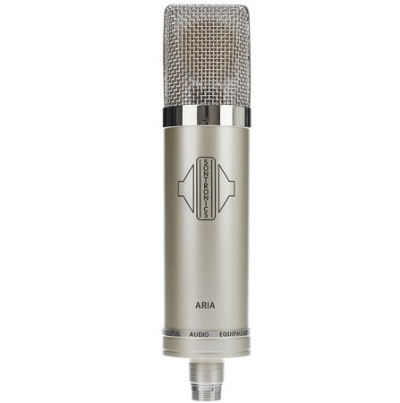
VMS
The best virtual simulation system mic. The model can be safely attributed to the classic large capsule condenser microphones. She is without a doubt is one of the most sought-after and expensive items on any vocalist's wish list.
Unfortunately, the high cost makes the microphone inaccessible to the common user.
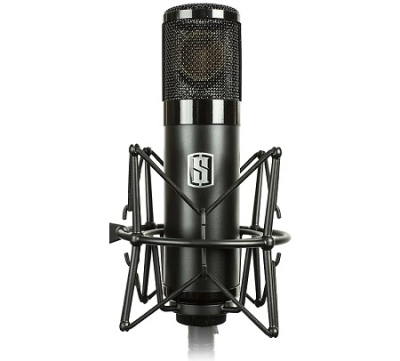
How to choose?
It is not easy to opt for a quality device for recording songs among such a rich variety. Experts advise to pay attention first to the frequency indicator... This parameter is important for both studio recording and home use. 20 Hz - the minimum value for quality equipment... As a rule, at home you have to connect equipment to additional devices and use modern software. It is very important that the microphone is suitable for the computer, because this is where the final processing of the voice will take place. For high-quality vocals in recording, the device must demonstrate a frequency level of 18,000 Hz..
The sensitivity of the device plays an important role, the described parameter should be at least 33 dB... It is desirable that the model has a convenient adjustment. Before purchasing the device, the user must also check the phase switch. For comfortable studio voice recording, most consumers will prefer to choose a model that has a signal level indicator. The sound will be clear if the microphone has a built-in filter.
In addition to all of the above, it is worth checking with the seller what capabilities the desired device has and whether it can support available formats.
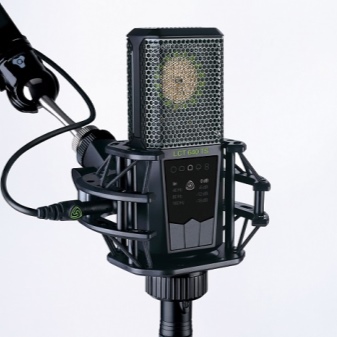
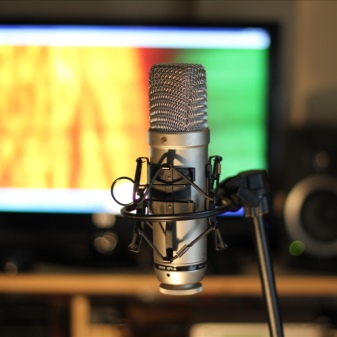
It doesn't matter what material the body is made of - plastic or metal. The main thing is that the fall and other mechanical influences do not affect its work. Another important criterion when choosing a technology is its wired or wireless "nature". Both types of devices are equally in demand and popular. For home use, a wireless model is fine. In a studio environment, of course, it is better to choose a microphone with a cord length of 3 to 5 m..
Buying a good microphone means purchasing a model that meets the user's requirements not only in sound quality, but also in ergonomics. It should not be too light or heavy, but it should be such that it is comfortable to hold in your hand. In short, the ideal microphone provides maximum comfort without distracting you from your main activity - singing. The set of functions possessed by a technique determines its cost. However, this does not mean that you will have to pay a fortune for a high-quality device. Buying an expensive professional microphone is always justified if a person practices vocals professionally and strives to reach a new level.
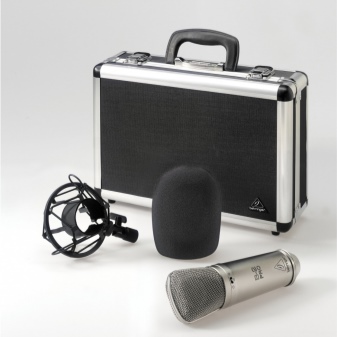

How to use?
Modern microphones can be quickly and easily connected to a phone, computer, tablet, record and additionally process the voice in a special application. Everything is very convenient. This kind of mobility was appreciated by vocalists all over the world.
Before you start using this technique, you need to set it up correctly. This is the only way to get the desired sound at the output. Setting up is a series of steps.
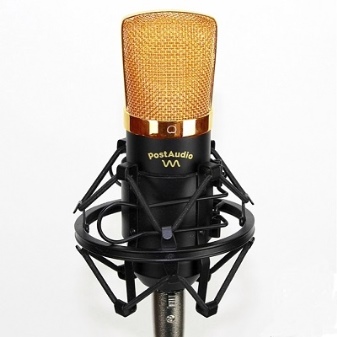
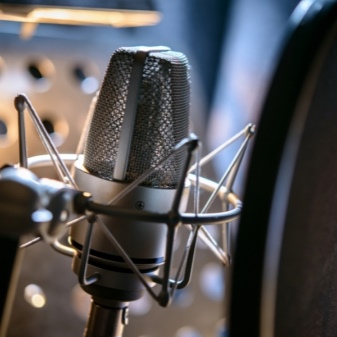
Connection
On the phone, the computer has a special connector where you can connect a microphone. It is usually pink or orange, and almost always has a picture next to it.
On stationary computers, it is better to use the connector on the back, as the sound is clearer from there.... In telephones, such an input is combined and is present in the only version. It is used for both headset and microphone. If there is no input, you will need to additionally purchase an adapter.
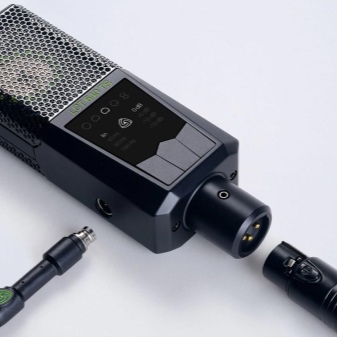
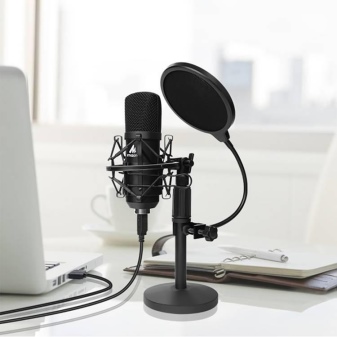
Examination
To check on the computer whether the connected device is working normally, the user should go to the volume control menu. It will open by clicking on the right mouse button. Then you need to go to the "Recorders" item.
If the technique works, then the indicator will show movement.The absence of any activity indicates that the user has incorrectly connected the device, needs fatty power or the equipment is turned off in the settings. It also happens that the microphone volume is simply reduced to a minimum.
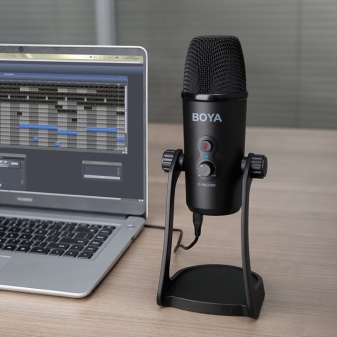
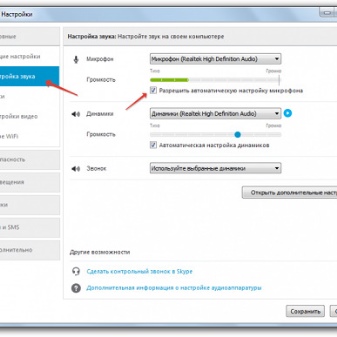
Customization
Adjusting the sensitivity of the device is done through the item "Properties". It also opens by pressing the right mouse button when hovering over the microphone. If you want to reduce noise, then you need to set the gain to 0.0 dB, while moving only the upper slider... The sensitivity is decreased when a reboot is performed during recording. Modern sound cards have the ability to remove the constant component. That is, the user gets rid of the "choking" sound. Loud sounds become quieter and can be heard, without which they turn into interference.
Be sure to adjust the noise reduction. The built-in filter is capable of cutting off the frequencies at which it is generated. It is also necessary to remove the echo that appears from the speakers. In this case, the microphone picks up the reproduced voice and the result is a superposition of one sound on top of another.
Filters may vary depending on the sound card used. The installed driver also affects the functionality.
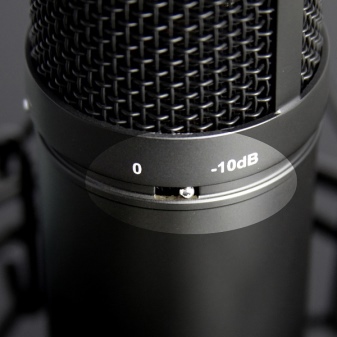
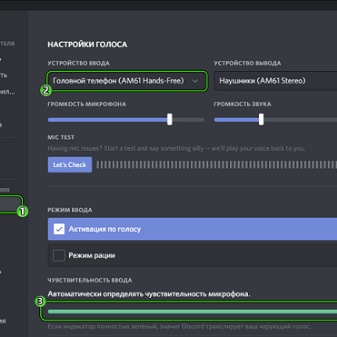
For information on how to choose a microphone for your home studio, see the next video.













The comment was sent successfully.